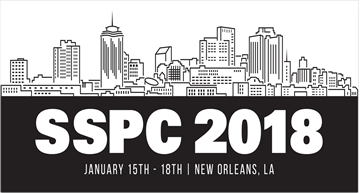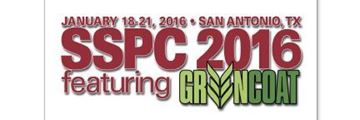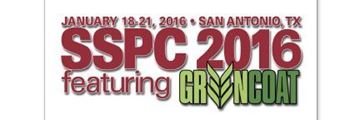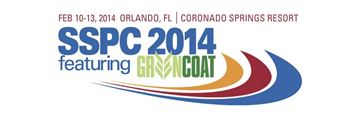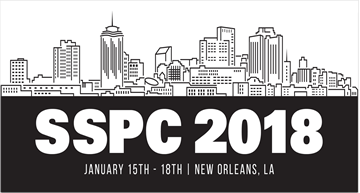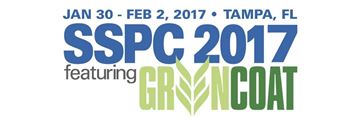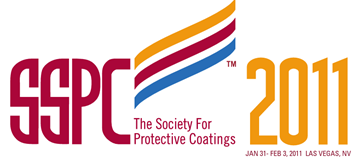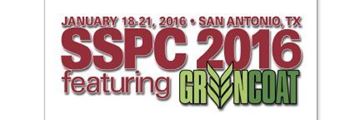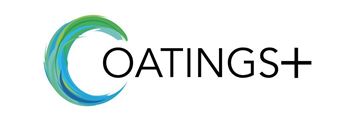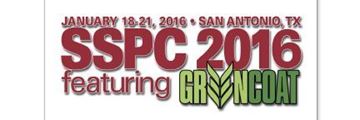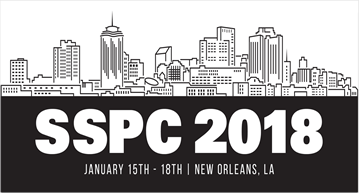Search
Products tagged with 'costs savings.'
View as
Sort by
Display
per page
National Shipbuilding Research Program Surface Preparation and Coatings Panel 2018 Update
Product Number:
51218-140-SG
Publication Date:
2018
$20.00
National Shipbuilding Research Program (NSRP) Surface Prep and Coatings (SP&C) Panel Project: Final Report: Reducing Inspection Costs Using the Latest Digital inspection Tools
Product Number:
51216-019-SG
Publication Date:
2016
$20.00
National Shipbuilding Research Program (NSRP) Surface Preparation and Coatings (SP&C) Panel 2015 Updated
Product Number:
41215-924-SG
Publication Date:
2015
$20.00
National Shipbuilding Research Program (NSRP) Surface Preparation and Coatings (SP&C) Panel 2016 Update
Product Number:
41216-999-SG
Publication Date:
2016
$20.00
National Shipbuilding Research Program Surface Preparation and Coatings Panel 2014 Update
Product Number:
41214-813-SG
Publication Date:
2014
$20.00
Non-metallic (Mineral) Grit Recycling: Equipment and Metrics Development
Product Number:
51218-127-SG
Publication Date:
2018
$20.00
Partial Blast of Ultra High Solids Coatings on Navy Ships
Product Number:
51217-024-SG
Publication Date:
2017
$20.00
Retention of Pr-Construction Primers During Shipbuilding
Product Number:
41211-586-SG
Publication Date:
2011
$20.00
Self-Stratifying Environmentally Friendly Alkyd Coatings
Product Number:
51216-005-SG
Publication Date:
2016
$20.00
Seven Ways Plural-Component Spraying Equipement Provides Savings and Improves Performance
Product Number:
51220-258-SG
Publication Date:
2020
$20.00
Small Expense, Big Reward - The Impact and Value of Quality Assurance Testing of Coatings for Hydraulic Steel Structures
Product Number:
41216-958-SG
Publication Date:
2016
$20.00
Steel Grit Blasting Improves Productivity and Quality
Product Number:
51218-157-SG
Publication Date:
2018
$20.00

